Healthy Aging and You: Technology, Consciousness and the Sedentary Society, Part 1
 Numerous studies have revealed that on average we check our phones more than 200 times a day and have in fact started to become addicted to “staying connected”. We literally “run into” each other while walking and staring at our phones while texting. It happens every day. In the gym I attend for my training sessions, I see numerous people staring at their phones while sitting on weight equipment oblivious to the world around them. I have unofficially observed that up to 80-90% of the people who are there for physical activity are either listening “to something” through headphones or are reviewing data and/or texting someone. This is an enormous emerging challenge with no real solutions in sight: Sedentary lifestyles and technology.
Numerous studies have revealed that on average we check our phones more than 200 times a day and have in fact started to become addicted to “staying connected”. We literally “run into” each other while walking and staring at our phones while texting. It happens every day. In the gym I attend for my training sessions, I see numerous people staring at their phones while sitting on weight equipment oblivious to the world around them. I have unofficially observed that up to 80-90% of the people who are there for physical activity are either listening “to something” through headphones or are reviewing data and/or texting someone. This is an enormous emerging challenge with no real solutions in sight: Sedentary lifestyles and technology.
With the revelations of Facebook’s role in the 2016 elections we are seeing the unfolding of more personal data being used for all kinds of purposes and it is not going to end anytime soon. My question is: Is it worth it for our future health to be so connected through technology or is there a better balance that can be struck that enables us to “reach out” more effectively? I pose this question in the context of our health not only NOW but in the future as well. I see health issues becoming more prevalent because we are literally “sitting our way to ill health”. Sitting has become the “new smoking”! Is there a healthy way forward or are we “tied to our technology” so that we can never break “the ties that bind us” to a life of no movement?
TECHNOLOGY
The challenge as I see it is that we are no longer “paying attention” to our lives. We need to understand what is happening in our individual experiences as we go through our day and then can hopefully make appropriate and timely decisions that will effect not only our future going forward – but today as well. The obesity crisis (71% of the population is either overweight or obese according to the latest data), the sedentary society that is now a reality, and the role that advancing technology will play in our lives are critical issues that need to be addressed if we are to find a “healthy way forward”.
As I have observed in my own experience, we are living in Steve Jobs vision of a world tied together through technology and available to us 24/7. He envisioned a world where we could access everything we needed through a phone – and computer. He wanted people to have the “freedom” to do all that they wanted to do efficiently and with a planned effort through the gifts that technology would bring to each of us. I believe that his vision has become one that is “tying” us to our devices so completely that we are “disconnected” from what is actually happening around us. Life is literally “passing us by” and we are completely “unconscious” to this process.
I have lived 80% of my life without any technological assistance whatsoever. To retain my own power I believe I am the one who gets to “choose” how and when I let my computer and phone assist me. Right now I am struggling with the concept of what I will need to sacrifice in order to have technology help me advance my career as a healthy aging specialist moving forward. I will never “catch up” with all the technological advances that are coming – or be inclined to use all the new gadgets just because “everyone needs the latest model of a device”. That is NOT how I want to live my remaining years. Is this a choice you need to review as well? I want to use my time more toward serving others and staying healthy and fit so that I can enjoy my 70’s to the fullest – and have the greatest impact on people’s lives that I can.
 What will your priorities be going forward? Will you really care if you have the most recent technological advancement or will you set other priorities for yourself? Only YOU can decide how you want to integrate the hours of your day with the technology you have and use daily. As a practical matter it is through our choices that we determine the course of our lives and if we choose to spend them staring at our phones life WILL indeed pass us by. We will be sick, fat, and on drugs as we enter the very years that we wanted to enjoy. Is this you now or will you decide to change that future today by making new choices that give you time “to be” the best version of yourself that you can imagine?
What will your priorities be going forward? Will you really care if you have the most recent technological advancement or will you set other priorities for yourself? Only YOU can decide how you want to integrate the hours of your day with the technology you have and use daily. As a practical matter it is through our choices that we determine the course of our lives and if we choose to spend them staring at our phones life WILL indeed pass us by. We will be sick, fat, and on drugs as we enter the very years that we wanted to enjoy. Is this you now or will you decide to change that future today by making new choices that give you time “to be” the best version of yourself that you can imagine?
CONSCIOUSNESS
I keep coming back to the issue of consciousness because I believe it is a fundamental principle of what healthy aging means to ME and after all isn’t that what matters most? We determine our future by the choices we make today. It really IS that simple. If we choose to spend the hours of our day sitting and staring at a computer screen or smart phone we will create a life of dependence and ill health that WILL dominate our days until we eventually die.
For the past five to eight years my daughter has been fighting the longest and most difficult of fights for her health. Alcohol dependency, health issues of significance and general mishaps (falls, concussions etc.) have created a life that is characterized by hospital stays, ER visits, medical interventions of all shapes and sizes, and numerous appointments with specialists and medical professionals to treat her and get her back on the road to health. I am sure she never envisioned her 40’s being dedicated to her health in such a complex way but she is in a battle for her life now and the outcome is NOT certain. There are encouraging signs emerging but as her father I am very concerned about what IS going to happen to her going forward.
Her situation is not all that uncommon and many of us do NOT realize how close to our mortality we will come before we realize we “could have” or “should have” chosen differently when we had the chance. Lisa’s challenges started to form in her 20’s on both a professional and personal level and she is “unwinding” all of that harm now. I can only love her and wish her well – and let the professionals “do what they need to do” for her to enhance her chances at a full life again.
How will you choose? Will you continue to stare at your phone or will you decide to start living in the “real world”? I want to live in the real world as much as possible and therefore I DO NOT check my phone while training at the gym – it remains in my bag . I do NOT text so I do not need to check for text messages. My latest phone IS a very good phone with incredible capabilities but I will NOT make it the focus my day. I want to smile at people, greet my day with an “attitude of gratitude” and bless my very breath. I awake with gratitude and hopefulness in my heart and carry that feeling throughout the day so my “consciousness” may expand – and not shrink. Let your consciousness grow beyond its current boundaries and you WILL be rewarded in kind and isn’t that worth all your best intentions?
IN SUMMARY
As I live each day my mind is always focused on my many blessings. I think about Lisa and her continuing efforts to heal and am grateful I don’t have to face such challenges. I get to breathe and think and feel – and BE as alive as I choose to be because healthy aging starts “within us” and cannot be derived from our technology no matter how SMART it may be. On one level Steve Jobs was right. Dealing with the complexities of the modern world DOES require wonderful advancements in technology but at what price? Do we succumb to the “siren call” of the internet or do we USE it as the tool it was meant to be? I don’t think even Steve Jobs would object to that line of questioning, do you? Only YOU can decide your future – what will it be?
Originally published on Healthy New Age. Reprinted with permission from Nicholas Prukop.
Nicholas Prukop is an ACE Certified Personal Trainer & a Health Coach, a fitness professional with over 25 years of experience whose passion for health and fitness comes from his boyhood in Hawaii where he grew up a swimmer on Maui. He found his calling in writing his first book “Healthy Aging & You: Your Journey to Becoming Happy, Healthy & Fit” and since then he has dedicated himself to empowering, inspiring and enabling people of all ages to reach for the best that is within them and become who they are meant to be – happy, healthy and fit – and be a part of a world where each person can contribute their own unique gifts to life.
If you need help in designing a fitness plan, you can contact Nicholas Prukop via email at runningnick@sbcglobal.net or read his inspiring book Healthy Aging & YOU.

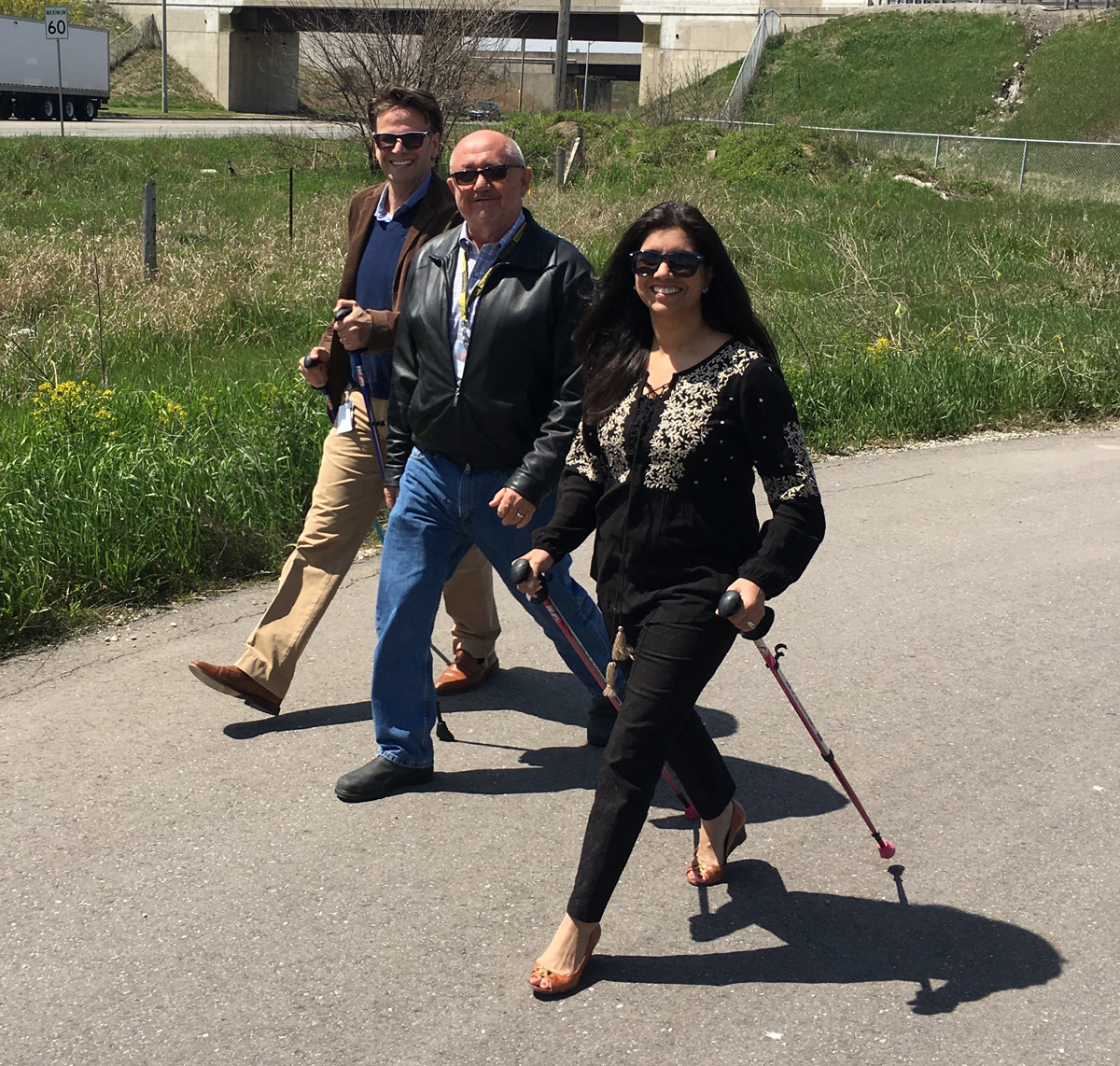
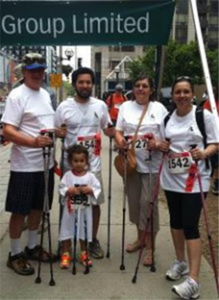 Join
Join 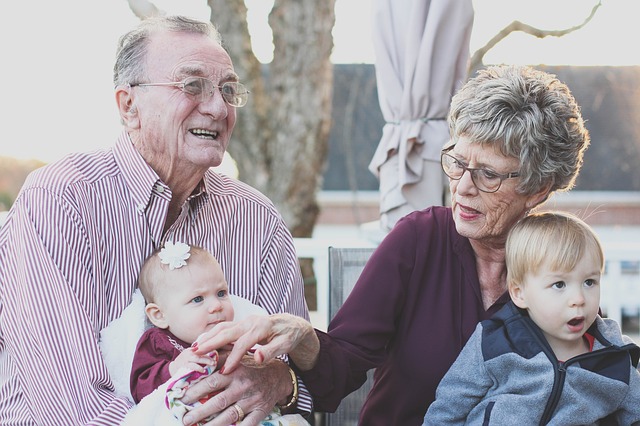
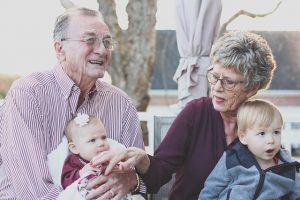 No one really knows why we age other than to acknowledge that as our cells die and don’t get replaced, organs – and ultimately our bodies – do indeed die. The role that disease plays in this process is obvious – especially if there is no successful treatment available that can address the underlying causes of the problem. I believe in the “art of prevention” as a strategy for helping not only extend our lives – but also improving the quality of the time we have to live.
No one really knows why we age other than to acknowledge that as our cells die and don’t get replaced, organs – and ultimately our bodies – do indeed die. The role that disease plays in this process is obvious – especially if there is no successful treatment available that can address the underlying causes of the problem. I believe in the “art of prevention” as a strategy for helping not only extend our lives – but also improving the quality of the time we have to live.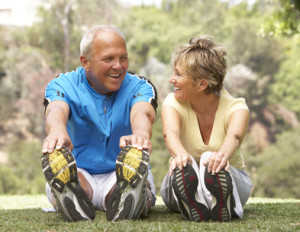 I have run over 65,000 miles in the more than half a century I have been a runner. I believe my commitment to being fit has saved my life many times over during my lifetime – even in the darkest of times when I felt lost and without hope. My question to you is: What is your passion when it comes to being physically active and will you honor that passion the way I did with my running program? If you don’t have one – then find one! Being physically fit does NOT guarantee a healthy body but a healthy body does require a FIT body. I am hopeful my “luck” continues into the years ahead. I will do everything in my power to insure that it does!
I have run over 65,000 miles in the more than half a century I have been a runner. I believe my commitment to being fit has saved my life many times over during my lifetime – even in the darkest of times when I felt lost and without hope. My question to you is: What is your passion when it comes to being physically active and will you honor that passion the way I did with my running program? If you don’t have one – then find one! Being physically fit does NOT guarantee a healthy body but a healthy body does require a FIT body. I am hopeful my “luck” continues into the years ahead. I will do everything in my power to insure that it does!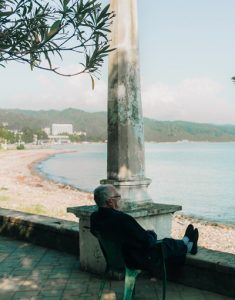 The role of the spiritual journey is to bring an expanded consciousness – or awareness – into our life experiences and allow us to contact joy, peace, harmony and love in a way that enriches and sustains us while allowing us the opportunity to “let go” of the baggage of our pasts. Regret, guilt, unexpressed anger, hatred and other forms of negative inner turmoil CAN and DO lead us to an early death. The body responds to all forms of emotion and if these emotions – and thoughts – are not directed by US to a “higher consciousness” they will bring sickness and chronic illness in all their terrible manifestations into our lives.
The role of the spiritual journey is to bring an expanded consciousness – or awareness – into our life experiences and allow us to contact joy, peace, harmony and love in a way that enriches and sustains us while allowing us the opportunity to “let go” of the baggage of our pasts. Regret, guilt, unexpressed anger, hatred and other forms of negative inner turmoil CAN and DO lead us to an early death. The body responds to all forms of emotion and if these emotions – and thoughts – are not directed by US to a “higher consciousness” they will bring sickness and chronic illness in all their terrible manifestations into our lives.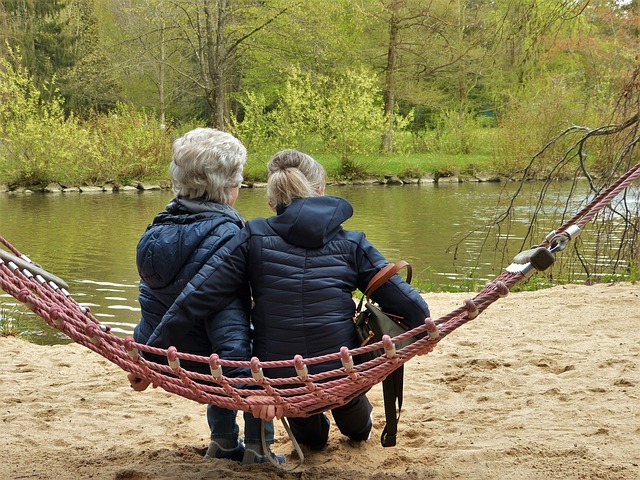
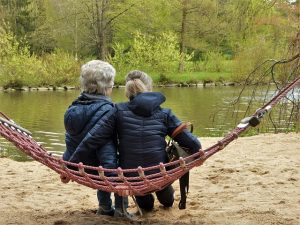 I am one who believes that REAL change occurs from within ourselves first and that once we decide to accept this principle, our lives – and minds (and hearts) – can become clear of all the “baggage” we have been dragging around with us over the course of our lives. Self esteem issues, guilt, regret, resentment, and so much more can be released so that we can finally live the lives we always wanted. I know from personal experience how difficult it has been for me to arrive “at clarity” on this point and now that I have I can report that my life is beginning to finally “take off”! It only took me 38 years to get to this point of consciousness but can you do better? Absolutely! What I would like to propose to you is that it does NOT have to take this long for us to finally “take control” of our lives because we CAN take control of HOW WE THINK today!
I am one who believes that REAL change occurs from within ourselves first and that once we decide to accept this principle, our lives – and minds (and hearts) – can become clear of all the “baggage” we have been dragging around with us over the course of our lives. Self esteem issues, guilt, regret, resentment, and so much more can be released so that we can finally live the lives we always wanted. I know from personal experience how difficult it has been for me to arrive “at clarity” on this point and now that I have I can report that my life is beginning to finally “take off”! It only took me 38 years to get to this point of consciousness but can you do better? Absolutely! What I would like to propose to you is that it does NOT have to take this long for us to finally “take control” of our lives because we CAN take control of HOW WE THINK today!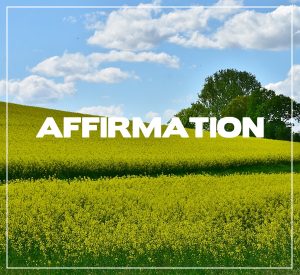 AFFIRMATION
AFFIRMATION I visualize my future and what I want to accomplish in that future so that I can DEFINE what I want to do – and be. I AM a speaker and a writer and I want to make a difference using these gifts so I am diligently preparing for my
I visualize my future and what I want to accomplish in that future so that I can DEFINE what I want to do – and be. I AM a speaker and a writer and I want to make a difference using these gifts so I am diligently preparing for my 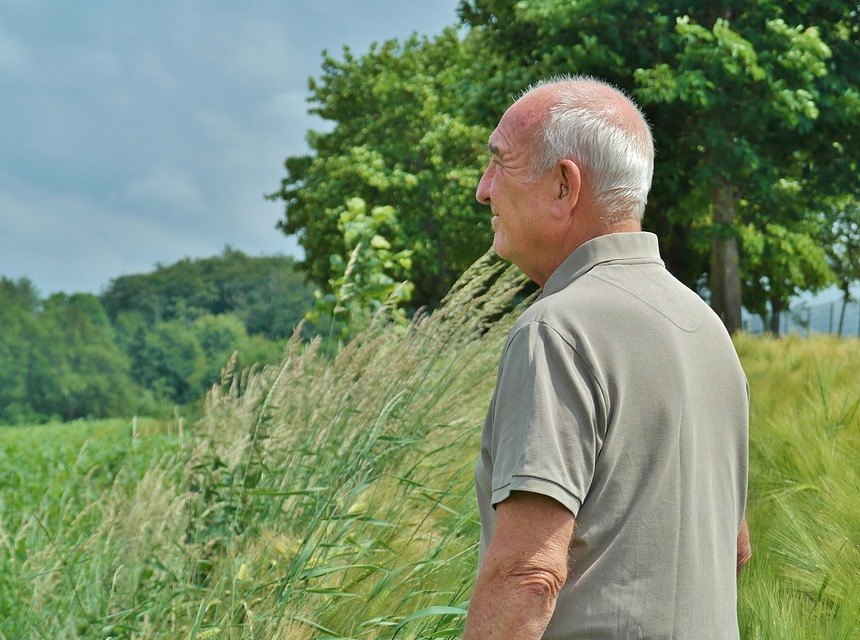
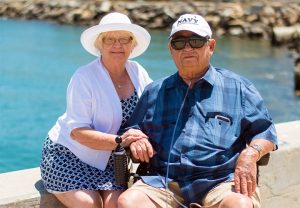 People are living longer and, in some parts of the world, healthier lives. This represents one of the crowning achievements of the last century but also a significant challenge. Longer lives must be paid for. Societal aging may affect economic growth and many other issues, including the sustainability of families, the ability of states and communities to provide resources for older citizens, and international relations. The Global Burden of Disease, a study conducted by the World Health Organization and the World Bank, with partial support from the U.S. National Institute on Aging, predicts a very large increase in disability caused by increases in age-related chronic disease in all regions of the world. In a few decades, the loss of health and life worldwide will be greater from noncommunicable or chronic diseases (e.g., cardiovascular disease, dementia and Alzheimer’s disease, cancer, arthritis, and diabetes) than from infectious diseases, childhood diseases, and accidents.
People are living longer and, in some parts of the world, healthier lives. This represents one of the crowning achievements of the last century but also a significant challenge. Longer lives must be paid for. Societal aging may affect economic growth and many other issues, including the sustainability of families, the ability of states and communities to provide resources for older citizens, and international relations. The Global Burden of Disease, a study conducted by the World Health Organization and the World Bank, with partial support from the U.S. National Institute on Aging, predicts a very large increase in disability caused by increases in age-related chronic disease in all regions of the world. In a few decades, the loss of health and life worldwide will be greater from noncommunicable or chronic diseases (e.g., cardiovascular disease, dementia and Alzheimer’s disease, cancer, arthritis, and diabetes) than from infectious diseases, childhood diseases, and accidents.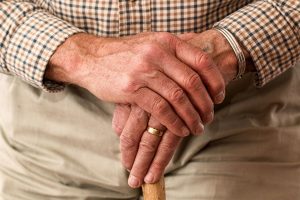 An important feature of population aging is the progressive aging of the older population itself. Over time, more older people survive to even more advanced ages. For research and policy purposes, it is useful to distinguish between the old and the oldest old, often defined as people age 85 and over. Because of chronic disease, the oldest old have the highest population levels of disability that require long-term care. They consume public resources disproportionately as well.
An important feature of population aging is the progressive aging of the older population itself. Over time, more older people survive to even more advanced ages. For research and policy purposes, it is useful to distinguish between the old and the oldest old, often defined as people age 85 and over. Because of chronic disease, the oldest old have the highest population levels of disability that require long-term care. They consume public resources disproportionately as well.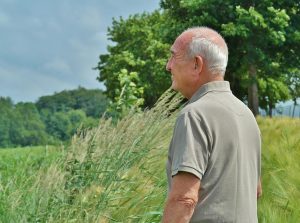 Using data from the United Nations, U.S. Census Bureau, and Statistical Office of the European Communities as well as regional surveys and scientific journals, the U.S. National Institute on Aging (NIA), with input from demographers, economists, and experts on aging, identified nine emerging trends in global aging. Together, these trends present a snapshot of challenges and opportunities that clearly show why population aging matters.
Using data from the United Nations, U.S. Census Bureau, and Statistical Office of the European Communities as well as regional surveys and scientific journals, the U.S. National Institute on Aging (NIA), with input from demographers, economists, and experts on aging, identified nine emerging trends in global aging. Together, these trends present a snapshot of challenges and opportunities that clearly show why population aging matters.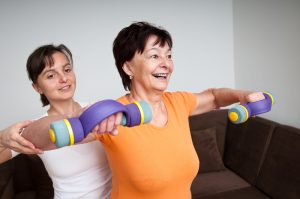 The emphasis in gerontological research has begun to shift from lengthening life to increasing years of health. The new goal is to shorten the period of time that people live in an unhealthy, dependent state. If scientific advances allow us to live 15 or 20 years longer, and if these 15-20 years consist mainly of pain, suffering, and dependence on others, what have we accomplished?
The emphasis in gerontological research has begun to shift from lengthening life to increasing years of health. The new goal is to shorten the period of time that people live in an unhealthy, dependent state. If scientific advances allow us to live 15 or 20 years longer, and if these 15-20 years consist mainly of pain, suffering, and dependence on others, what have we accomplished?
 Lately I can’t go to the gym without someone coming up to me looking for advice because in their efforts to remain fit and active they have hit a roadblock. Something hurts- a sore knee, achy shoulder or bad back that goes out more than they do. Ditto for my practice where I have seen a significant increase in exercise related ailments. I should give out orthopedic frequent flyer miles.
Lately I can’t go to the gym without someone coming up to me looking for advice because in their efforts to remain fit and active they have hit a roadblock. Something hurts- a sore knee, achy shoulder or bad back that goes out more than they do. Ditto for my practice where I have seen a significant increase in exercise related ailments. I should give out orthopedic frequent flyer miles.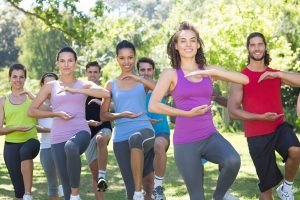 Step 2 thru 7 allow you to customize a program for your unique frame (based on the self-test and your own history) focusing on balanced workouts, frame-friendly nutrition and the important role of recovery and mindset. The program combines healing and restorative methods from the worlds of rehabilitation, martial arts, and yoga in a way never presented before. A “troubleshooting” section teaches you how to prevent, treat and safely work (out) around the “Top 20” sports medicine ailments from tendinitis and knee problems to back pain and pinched nerves. I also offer an insiders view of safely navigating the healthcare system, including a look into the very promising future for those with stubborn musculoskeletal issues. Most importantly, I use stories, drawn from my experience treating many wonderful athletes, entertainers and my many patients to help you better understand, and listen to your body- so that you can extend the warranty on your frame and it will be there for you when you go the distance. Remember,
Step 2 thru 7 allow you to customize a program for your unique frame (based on the self-test and your own history) focusing on balanced workouts, frame-friendly nutrition and the important role of recovery and mindset. The program combines healing and restorative methods from the worlds of rehabilitation, martial arts, and yoga in a way never presented before. A “troubleshooting” section teaches you how to prevent, treat and safely work (out) around the “Top 20” sports medicine ailments from tendinitis and knee problems to back pain and pinched nerves. I also offer an insiders view of safely navigating the healthcare system, including a look into the very promising future for those with stubborn musculoskeletal issues. Most importantly, I use stories, drawn from my experience treating many wonderful athletes, entertainers and my many patients to help you better understand, and listen to your body- so that you can extend the warranty on your frame and it will be there for you when you go the distance. Remember, 
 When we reach a certain stage of life we are confronted with the reality – and question – of how we have lived that life. Did I care passionately about something? Did I care about my own unique contribution to life and if not, what DID I care about? How has my life mattered in the grand scheme of things? These and other questions have occurred to me since I first sat down to write “
When we reach a certain stage of life we are confronted with the reality – and question – of how we have lived that life. Did I care passionately about something? Did I care about my own unique contribution to life and if not, what DID I care about? How has my life mattered in the grand scheme of things? These and other questions have occurred to me since I first sat down to write “ Making choices represents the REAL power of living life ON
Making choices represents the REAL power of living life ON 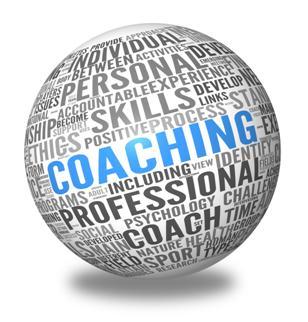
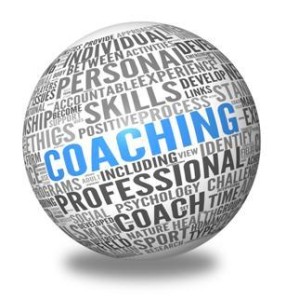 You Need a Coach.
You Need a Coach.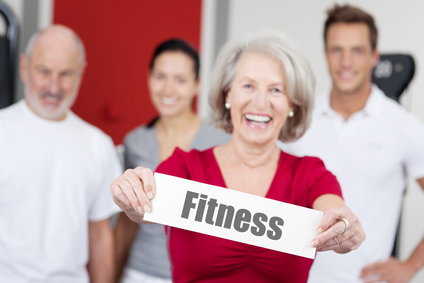
 When you pass a certain point in life, sedentarism almost becomes a given. Few people actually keep being active once they retire because they believe the resting promotes good health. However, that’s only half true. While it’s important to relax and recover, it’s also equally essential to stay fit.
When you pass a certain point in life, sedentarism almost becomes a given. Few people actually keep being active once they retire because they believe the resting promotes good health. However, that’s only half true. While it’s important to relax and recover, it’s also equally essential to stay fit.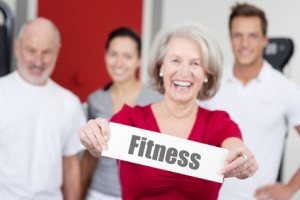 Working out increases bone density and range of motion, thus promoting better health in this department. Furthermore, it also helps restore
Working out increases bone density and range of motion, thus promoting better health in this department. Furthermore, it also helps restore